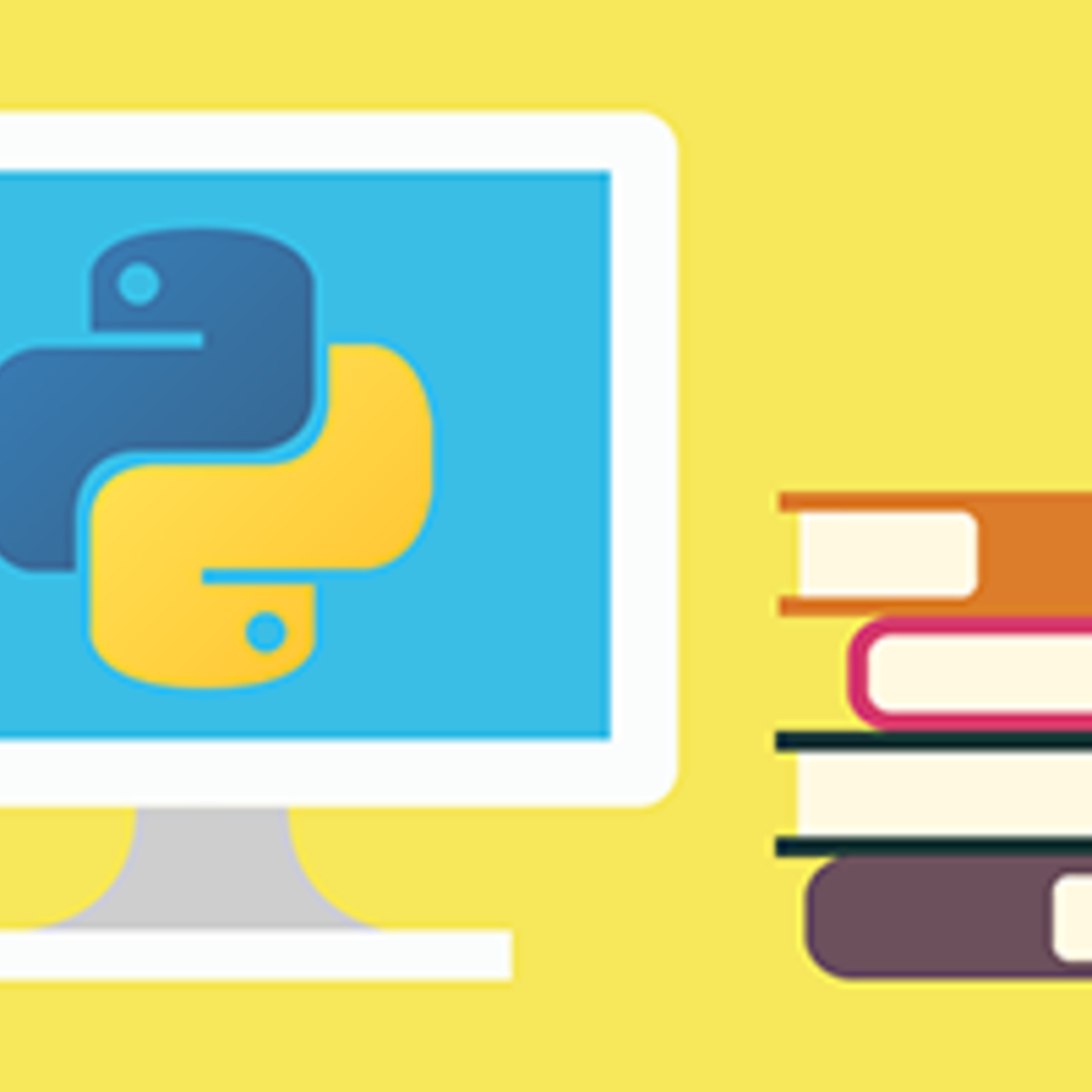Back to Courses









Computer Science Courses - Page 130
Showing results 1291-1300 of 2309

Design a User Interface (UI) Story Map in Miro
By the end of this project, you will be able to create a user interface story map that your business can use as a roadmap for release planning and as a framework for version and improvement releases over time. The power of the user interface story map is that it places the spotlight of the release process upon the user. This enables the business to stay focused on user experience and needs throughout releases of products and makes it easier for cross-functional teams to home in on what is necessary to gain and maintain user acceptance so that an exceptional user experience is sustained.
To design a user interface story map, you will gain hands-on experience applying design thinking, user interface knowledge, and context from each step of the customer journey in the Miro online visual collaboration platform for teamwork.
Note: This course works best for learners who are based in the North America region. We’re currently working on providing the same experience in other regions.

Introduction to Blockchain Technologies
In this first course of the specialization, we will discuss the limitations of the Internet for business and economic activity, and explain how blockchain technology represents the way forward. After completing this course, you will be able to explain what blockchain is, how it works, and why it is revolutionary. You will learn key concepts such as mining, hashing, proof-of-work, public key cryptography, and the double-spend problem. You’ll be able to describe seven design principles for blockchain technology, and the challenges facing the people developing it. You’ll also meet the players in the blockchain ecosystem, and consider your own role in stewarding the blockchain revolution.

Building Basic Relational Databases in SQL Server Management Studio
In this one-hour based project you will apply the basics of working with relational databases within the SQL Server Management Studio (SSMS) environment. You will use the tools in SSMS to diagram an existing database and to create and run some SELECT and CREATE TABLE structured query language commands. You will also acquire the basic terminology that applies to all relational databases. By successfully completing the hands-on practices assigned, you will be better prepared for applying these basic concepts in SSMS in SQL Server classes.
Note: This course works best for learners who are based in the North America region. We’re currently working on providing the same experience in other regions.
Cryptography
Welcome to Cryptography!
Cryptography is the practice and study of techniques for securing communications in the presence of third parties. You will learn how to protect information in order to ensure its integrity, confidentiality, authenticity, and non-repudiation.
You will come out with a basic understanding of cryptographic concepts and how to apply them, implement secure protocols, key management concepts, key administration and validation, and Public Key Infrastructure.
Course Objectives
1. Apply the fundamental concepts of cryptography
2. Describe the difference between symmetric and asymmetric cryptography
3. Define the basic requirements for cryptography
4. Identify processes to support secure protocols
5. Describe the process for implementing cryptographic systems
6. Define key management concepts
7. Define Public Key Infrastructure
8. Identify processes for key administration and validation
9. Describe the implementation of secure protocols

Creating a DAO website with HOTGLUE
Traditionally speaking, website designs follow a format based on newspaper layouts. Although that is an useful (unspoken) convention, it does bring limits to what one can create when building a webpage. The tool explored in this project challenges that by allowing users to work on a website just as if they were doing a paper collage with... HOTGLUE. With zero code and straight from the web-browser.
The study object for this project is the website of a DAO (Decentralized Autonomous Organization) so you will also learn about this emergent paradigm for human coordination. However, you are most encouraged to bring your own website idea/need and develop that throughout our journey. Let's go?

Advanced Data Modeling
Develop a working knowledge and familiarity with advanced database concepts such as usage, modeling, automation, storage, optimization and administration.
By the end of this course, you’ll be able to:
- Deploy basic data modeling skills and navigate modern storage options for a data warehouse
- Apply planning and execution of ETL style database engineering by building upon existing MySQL skills
- Develop a working knowledge of the different aspects of managing a database including administration of database operations and concerns, alongside processes and solutions for monitoring, reporting and debugging
- Demonstrate data modeling skills within a real-world project environment
You’ll gain experience with the following tools and software:
- Workbench data modeling software
- Syntaxes used to interact with a data warehouse
- Extract, transform and loading (ETL) techniques and methods
- MySQL data warehouse administration
- Data warehouse monitoring and reporting tools
- Database debugging and testing tools
- Data modeling tools

Web Application Development with JavaScript and MongoDB
In this course, you will develop more advanced web application programming skills. You will learn how to control data read and write access using methods, publish and subscribe. You will learn how to access your database and server shells using command line tools. You will use the SimpleSchema system to validate data and generate input forms automatically. You will see a complete collaborative code editing environment, TextCircle, being built from scratch.
At the end of this course, you will be able to:
- use Meteor methods to control data write access
- use publish and subscribe to control data read access
- install and use advanced Meteor packages
- add user accounts to your applications
- implement complex MongoDB filters
- use the MongoDB and meteor server shells
- define data validations schemas using SimpleSchema
- generate data input forms automatically using SimpleSchema
In this course, you will complete:
2 programming assignments taking ~4 hours each to complete
4 quizzes, each taking ~20 minutes to complete
multiple practice quizzes, each taking ~5 minutes to complete
Participation in or completion of this online course will not confer academic credit for University of London programmes

Autodesk Fusion 360 Integrated CAD/CAM/CAE
Design, engineering, and manufacturing are undergoing a digital transformation, and the need for a collaborative product development environment is becoming an ever-growing requirement. Autodesk® Fusion 360™ meets this need by connecting CAD, CAM, and CAE in a single cloud-based platform unlike any other tool of its kind. This course builds upon digital manufacturing trends and foundational CAD concepts discussed in Course 1 of this series by introducing Fusion 360 as a problem-solving tool. In this course, we take the next step in connecting CAD, CAM, and CAE through a series of short exercises on 3D modeling, rendering, simulation, and computer aided manufacturing.
After completing this course series, you will be able to:
• Demonstrate knowledge of and apply job entry level skills in computer aided design, computer aided engineering (CAE) and computer aided manufacturing (CAM) using Fusion 360 software.
• Describe and apply design based workflows for design, engineering and manufacturing using Fusion 360 software.
• Utilize Fusion 360 cloud based collaboration features for project sharing and design review.
Looking for Autodesk Fusion 360 certification prep courses? Check out additional learning resources to help you uplevel your skills: https://www.autodesk.com/learning

Machine Learning Modeling Pipelines in Production
In the third course of Machine Learning Engineering for Production Specialization, you will build models for different serving environments; implement tools and techniques to effectively manage your modeling resources and best serve offline and online inference requests; and use analytics tools and performance metrics to address model fairness, explainability issues, and mitigate bottlenecks.
Understanding machine learning and deep learning concepts is essential, but if you’re looking to build an effective AI career, you need production engineering capabilities as well. Machine learning engineering for production combines the foundational concepts of machine learning with the functional expertise of modern software development and engineering roles to help you develop production-ready skills.
Week 1: Neural Architecture Search
Week 2: Model Resource Management Techniques
Week 3: High-Performance Modeling
Week 4: Model Analysis
Week 5: Interpretability
Machine Learning with Python
Get ready to dive into the world of Machine Learning (ML) by using Python! This course is for you whether you want to advance your Data Science career or get started in Machine Learning and Deep Learning.
This course will begin with a gentle introduction to Machine Learning and what it is, with topics like supervised vs unsupervised learning, linear & non-linear regression, simple regression and more.
You will then dive into classification techniques using different classification algorithms, namely K-Nearest Neighbors (KNN), decision trees, and Logistic Regression. You’ll also learn about the importance and different types of clustering such as k-means, hierarchical clustering, and DBSCAN.
With all the many concepts you will learn, a big emphasis will be placed on hands-on learning. You will work with Python libraries like SciPy and scikit-learn and apply your knowledge through labs. In the final project you will demonstrate your skills by building, evaluating and comparing several Machine Learning models using different algorithms.
By the end of this course, you will have job ready skills to add to your resume and a certificate in machine learning to prove your competency.
